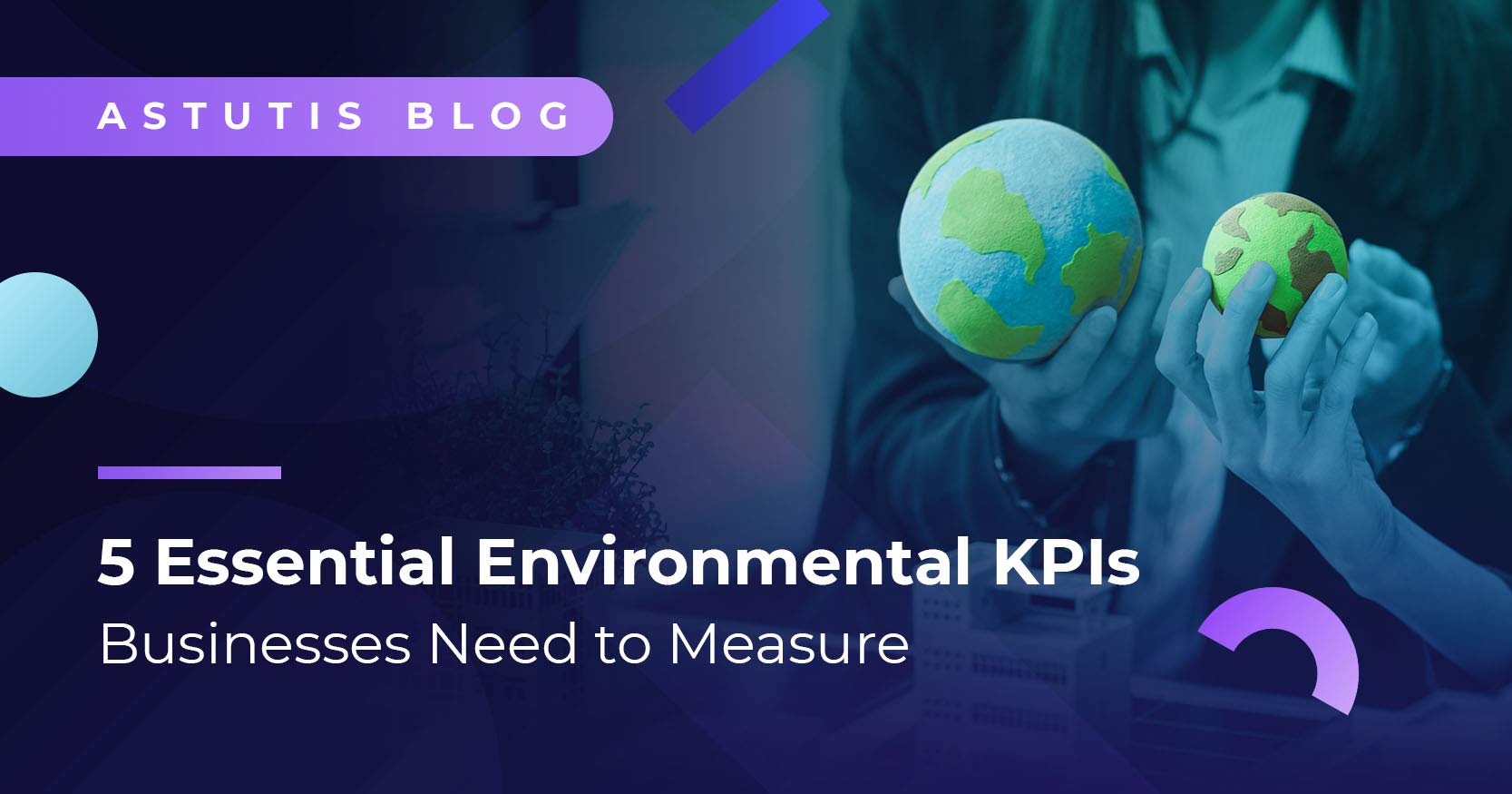How To Practice Effective Risk Management
Risk management is arguably one of the most fundamental aspects of Health and Safety. To have a safe and productive work system in place, effective risk management must be in operation. Widely considered to be one of the first steps in any Health and Safety system, risk management requires a proactive eye over everyday workplace scenarios. In this blog, we will look to decipher the most effective methods of risk management that can enhance general safety in your workplace.
Why is Risk Management Important in Health and Safety?
Firstly let's try to understand why risk management is a vital cog in the Health and Safety machine. Stats vary depending on location and industry; however, the recurring slips and trips that happen daily in most organisations are a prevalent incident that transcends industry.
Slips are predominantly caused by an outstanding risk that has not been remedied. With that observation, most slips should be stopped before they even happen. When they are not controlled, an outstanding risk has been allowed to escalate to the point of the slip. To control and manage risk, the desire for proactive oversight is required. Risk is allowed to manifest without consistent audits and control measures. The HSE recommends a five-step approach that should improve organisational risk management.
Based on the HSE's guidance, it suggests to:
- Identify Hazards
- Assess the Risks
- Control the Risks
- Record your Findings
- Review the Controls
Following this structure then, let's delve deeper!
As explored above, a successful risk management system depends on a proactive approach. This defines the first step in the HSE's five-step approach.
Successfully Approaching Risk Management
1. Step One: Identify Hazards
Interestingly, identifying risks is more complicated than simply looking around for risks.
The workplace is safest when workers who may be better equipped to reveal or uncover risks have been consulted. Similar treatment should be applied to equipment!
'Does a piece of equipment increase the likelihood of a particular risk? ' always read the manuals that come with hardware in the workplace.
As the mantra goes, "to predict the future, one must look to the past". With risk, this mantra rings very true. Take a stroll down memory lane and look over past incident reports in your workplace, and by identifying potential patterns, you will be making your workplace safer.
2. Step Two: Assess the Risks
The most traditional method of risk assessment is a risk assessment. A risk assessment is a document used to document risks and grade severity. For the assessment to be accurate, it is vitally important to include as much information and detail as possible.
Try not to get bogged down with technical jargon and overthink the level of detail required. Begin by isolating each stage and going through them one at a time. Start by listing any identifiable risk(s) using simple language so it is clear to understand.
Remember to outline the potential effects of the risk(s): 'Does the risk have the potential to cause harm? What is the likelihood?'
We recommend attaching photos, if possible. At this point, you will need to begin the assessment stage, by grading the threat level of the risk(s). We recommend using a similar version of the Risk Matrix template, an example has been attached below.
 Risk Matrix Template Example
Risk Matrix Template Example
The coloured Risk Matrix segregates the differing levels of risk, limiting confusion and information overload. The colour further embeds the ease of accessibility with the table so that risk levels are clearly defined and identifiable. The top panels differentiate between the scale of the problem and can be customised to match the specific environment of your business.
A Risk Assessment/Safety Report should satisfy the following features:
- Name of the business
- Site location
- Date
- Project name (if applicable)
- The goal of the project (if applicable)
- Individuals involved
- Hazard (if applicable)
- Photo of the hazard (if applicable)
- Incidents leading to the report (if applicable)
- Solutions to prevent the risk/hazard from becoming more dangerous (if applicable)
3. Step Three: Control the Risks
The next stage of the risk funnel is to ensure the workplace is safe and secure. However, this requires a fundamental level of foundational planning. With companies often rushing to this stage, we recommend the detailed documentation of the process, in order to deliver a structured approach to the process.
Alternatively, you can build an 'Actions to Take' table that records the measures that have been put in place in the short and long term. When listing the action, remember to document an expected timeframe of when the actions should occur.
There are no shortcuts. Health and Safety are about preventing the risks brought on by shortcuts. Don't fail in the last hurdle by undermining your efforts required to improve your internal processes. The 'Actions to Take' table provides transparent documentation on how risks are addressed, ensuring organisational oversight.
4. Step Four: Record your Findings
This is the step that can often trouble people. Often they will know what they need to document, but presenting it and articulating it can seem complicated.
The most important thing to remember is to simplify the process. Do not use this opportunity to come across as overly intelligent or technical to your superiors. It is easy to forget that just because you can understand something in your head, does not mean readers will have the same luck. Simplify the process.
Where you can, use photographic evidence. Not only does it paint the most accurate and extensive picture, but it also limits the possibility of confusion for the reader. Use tables (such as the Risk Matrix discussed above) that can convey detailed information in an eye-catching way.
5. Step Five: Review the Controls
The final stage requires considering the progress made, or being made. You will need to analyse the measures to control/eliminate the risk. You should aspire to identify the next steps and how your organisation should approach this problem in the future. Do not forget to include a recommended timeframe, in order to review the risk and measures at a later date.
Use this stage to make relevant conclusions on the risk(s). Always assume someone else will have to read or deal with the risk after you. Therefore, it is vital to ensure your findings are easily understandable. Try to demonstrate why you have reached a particular conclusion, where you can. This will support to evidence a more rounded picture of the situation.
Food for Thought: Have You Considered Your 'Invisible Risks'?
An area many people fail to consider, is thinking about the invisible risks. Organisations are constantly looking for ways to reduce workplace incidents, having an informed and confident workplace is incredibly important. Awareness around employee well-being is on the rise and providing on-the-job assistance to any staff suffering, invites a more positive atmosphere in the workplace. In short, happy staff, are less likely to take Health and Safety shortcuts.
In the shadow of the COVID-19 pandemic, awareness of employee well-being reached a new peak. Currently, well-being is one of the highest surging words in usage in the last two years. Only recently has there been a corporate desire for enhanced employee well-being because (in part) of a new wave of progressive attitudes that have propagated the zeitgeist. Technological advancements have meant business attain a more reactive role, with public relations and marketing departments doing their best to paint their company in the best light. But they are still on the back foot, scandal after scandal, from environmental catastrophes, to negligent or dwindling Health and Safety standards, big businesses are still playing catch up.
This is where employee well-being comes in. During the pandemic, the world was at a standstill, and it provided a platform for reflection. At the same time, staff (who could) were encouraged or made to work from home.
Clare Forshaw, at Park Health and Safety, believes that there could already be a "..two-tier well-being system, with 50% of the British workforce currently enjoy[ing] hybrid working. But what about the other 50%?..".
Circumstances have led to considerable changes in the way people live their lives. These changes can cause spiralling amounts of anxiety and poor well-being. Experts suggest invisible risks, stem from poor well-being, often leading to a snowball effect. Pressure began to build to understand the real impact of these changes on staff. Thankfully this pressure has led to action with research across the board, showcasing an attentive corporate understanding of well-being. Our research suggests, that over 69% of companies pay special attention and care to employee well-being.
We recommend introducing a well-being officer in your organisation, who can be there for staff who could be struggling at work. The role is designed to destigmatise mental health and to invite open and honest conversations about employee well-being. It makes the workforce feel appreciated and builds a foundation on which huge organisational improvements can be made.
Key Takeaways
A. Risk management is often the first and one of the essential cogs in the Health and Safety machine.
B. Without adequate risk management, workplace Health and Safety would cease to exist.
C. Effective risk management is dependent on a proactive approach to risk.
D. Companies have faced pressure to be less reactive and more proactive in protecting employee well-being.
If you’re looking to improve your organisation’s Risk Management processes and improve your level of resilience, Astutis’ Online NEBOSH HSE Award in Managing Risks and Risk Assessment at Work, is the ideal course for you.
With no formal entry requirements and ideal for anyone involved or interested in managing workplace risks, discover more here!
Related Blog

Real Life Stories









